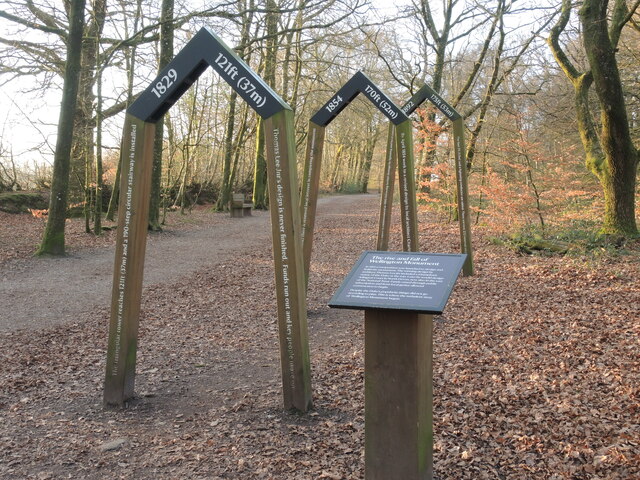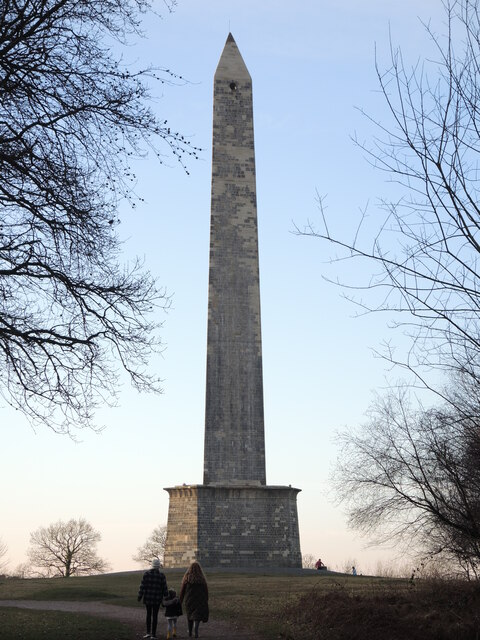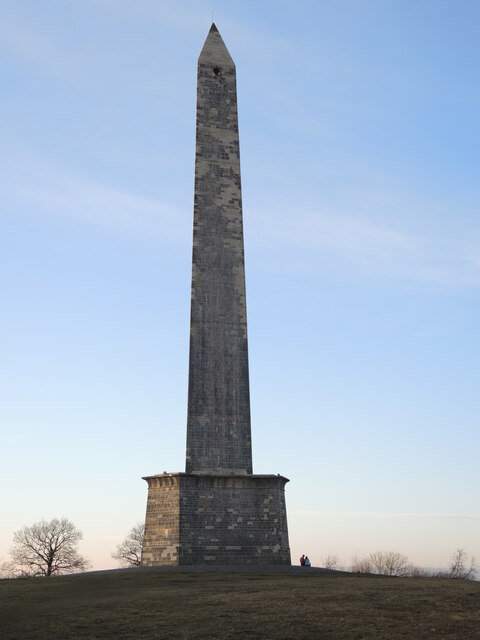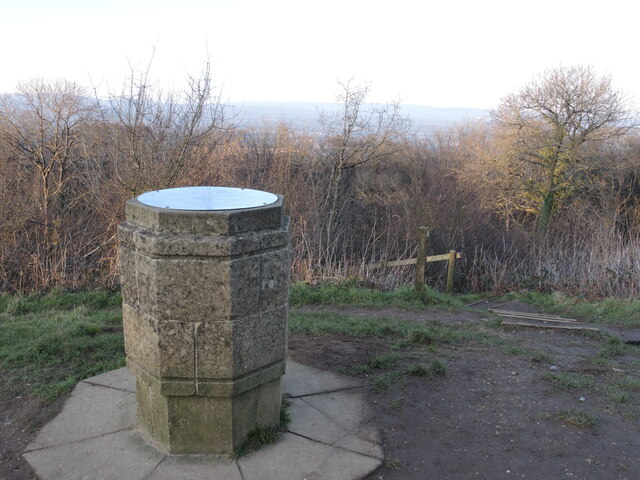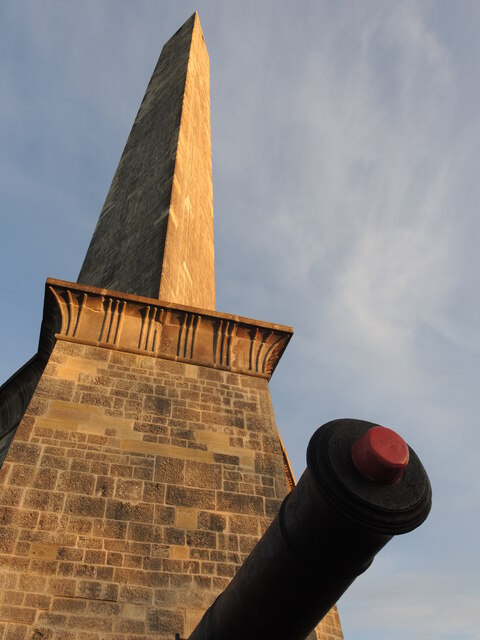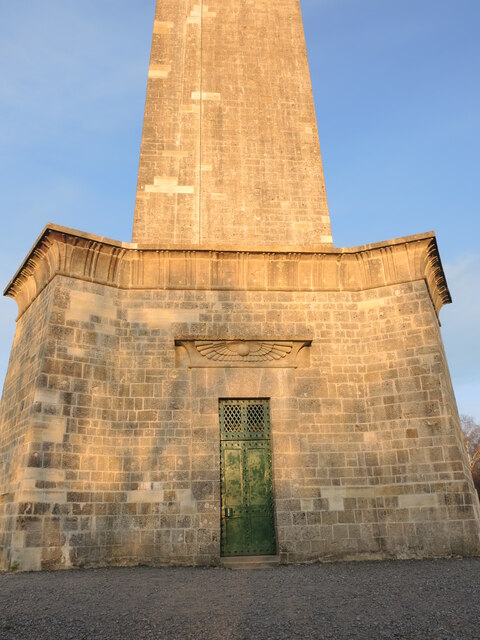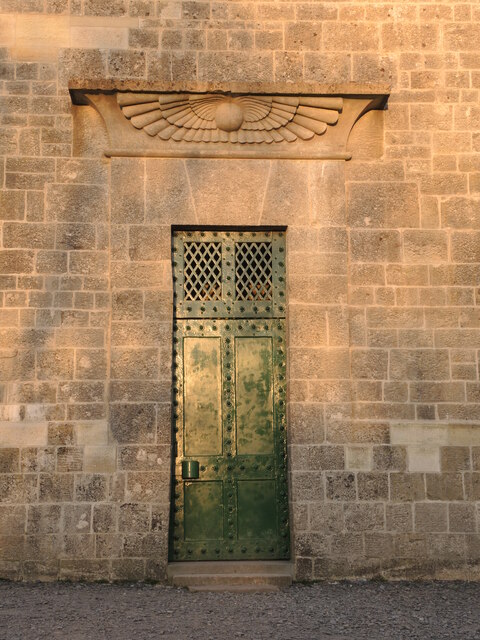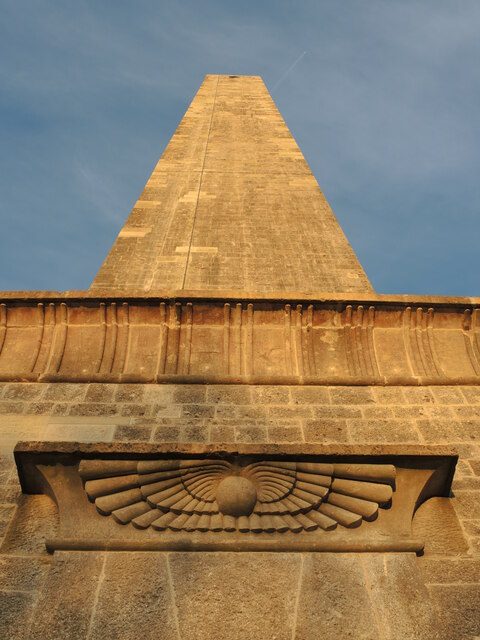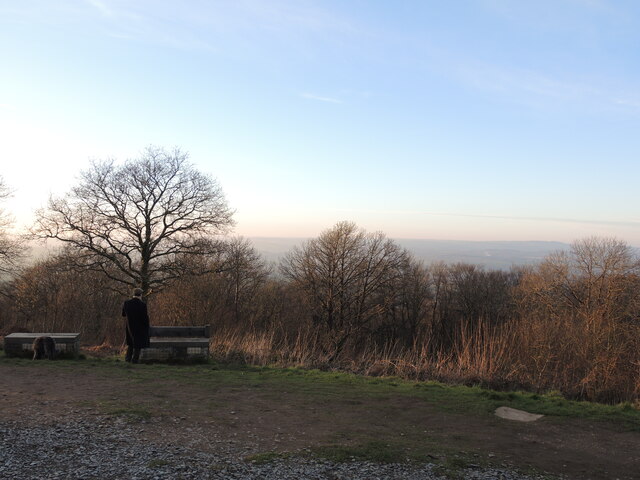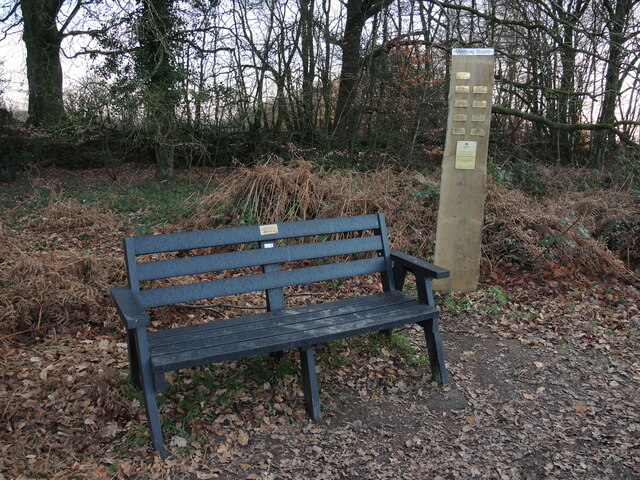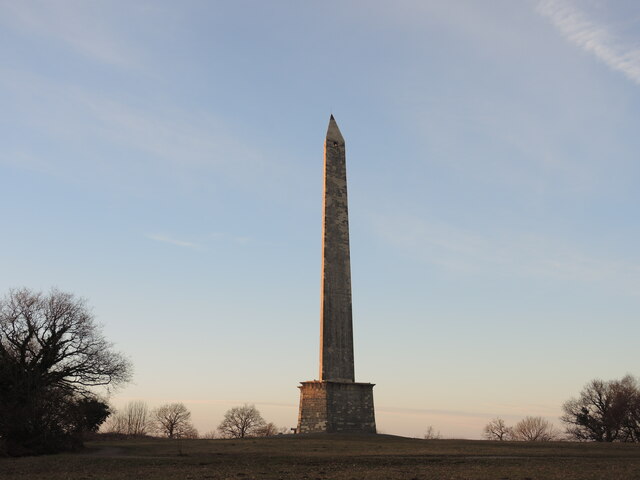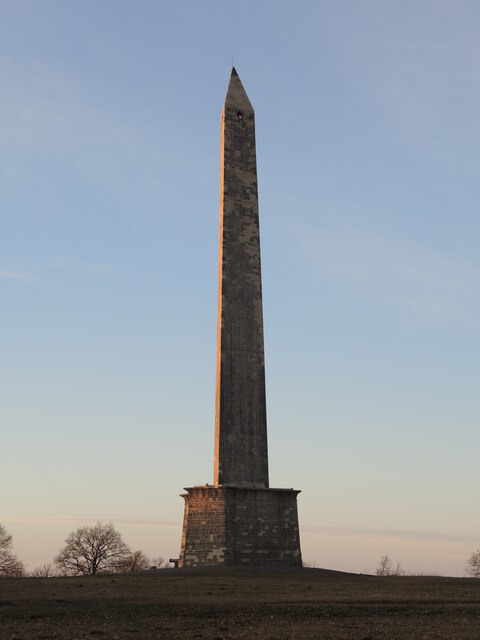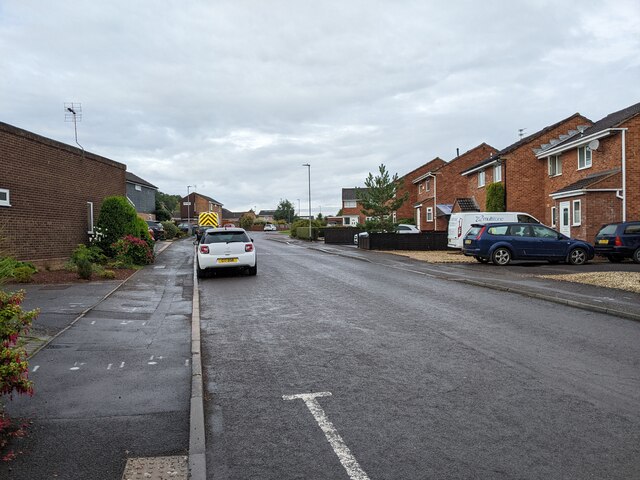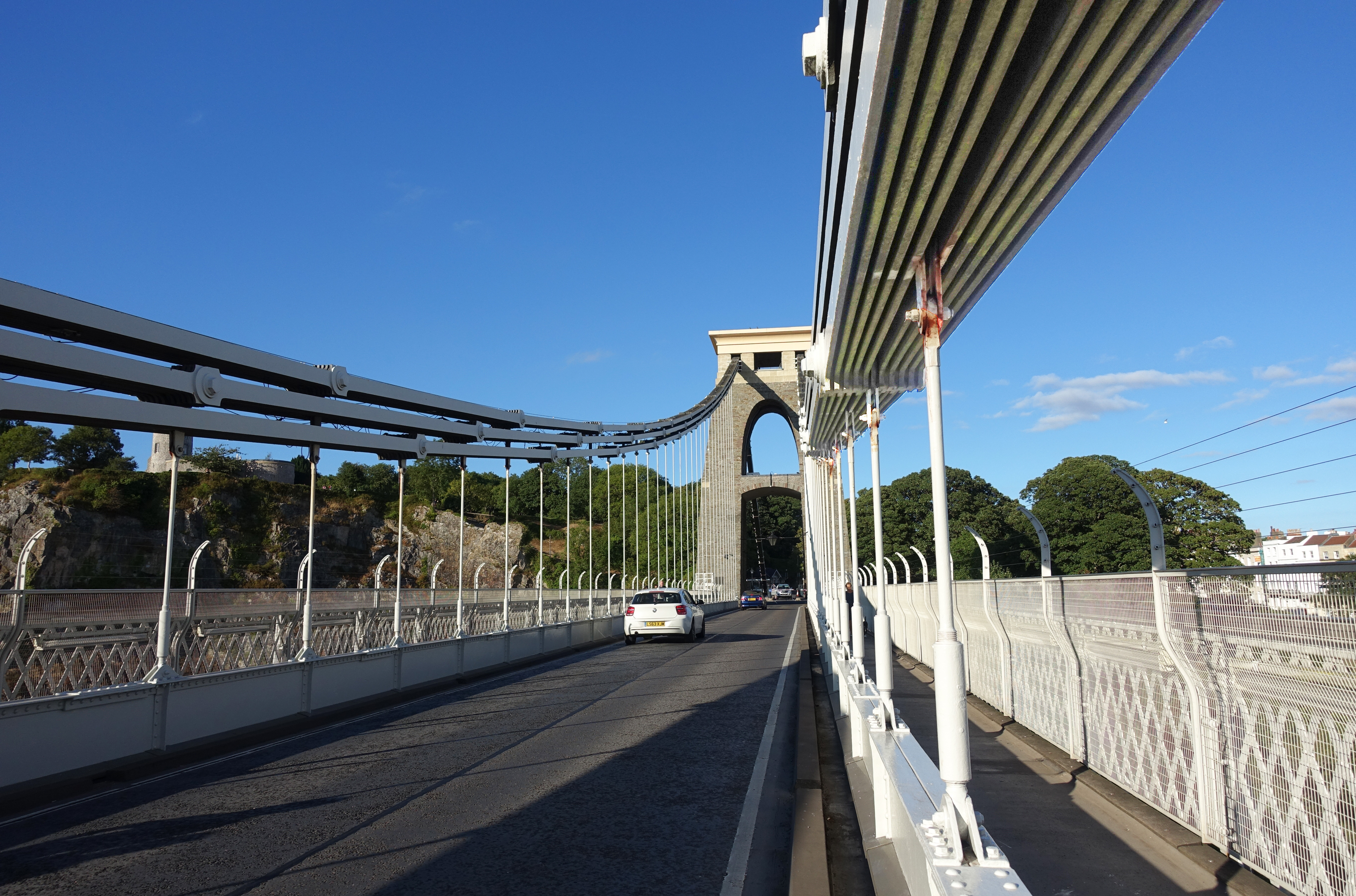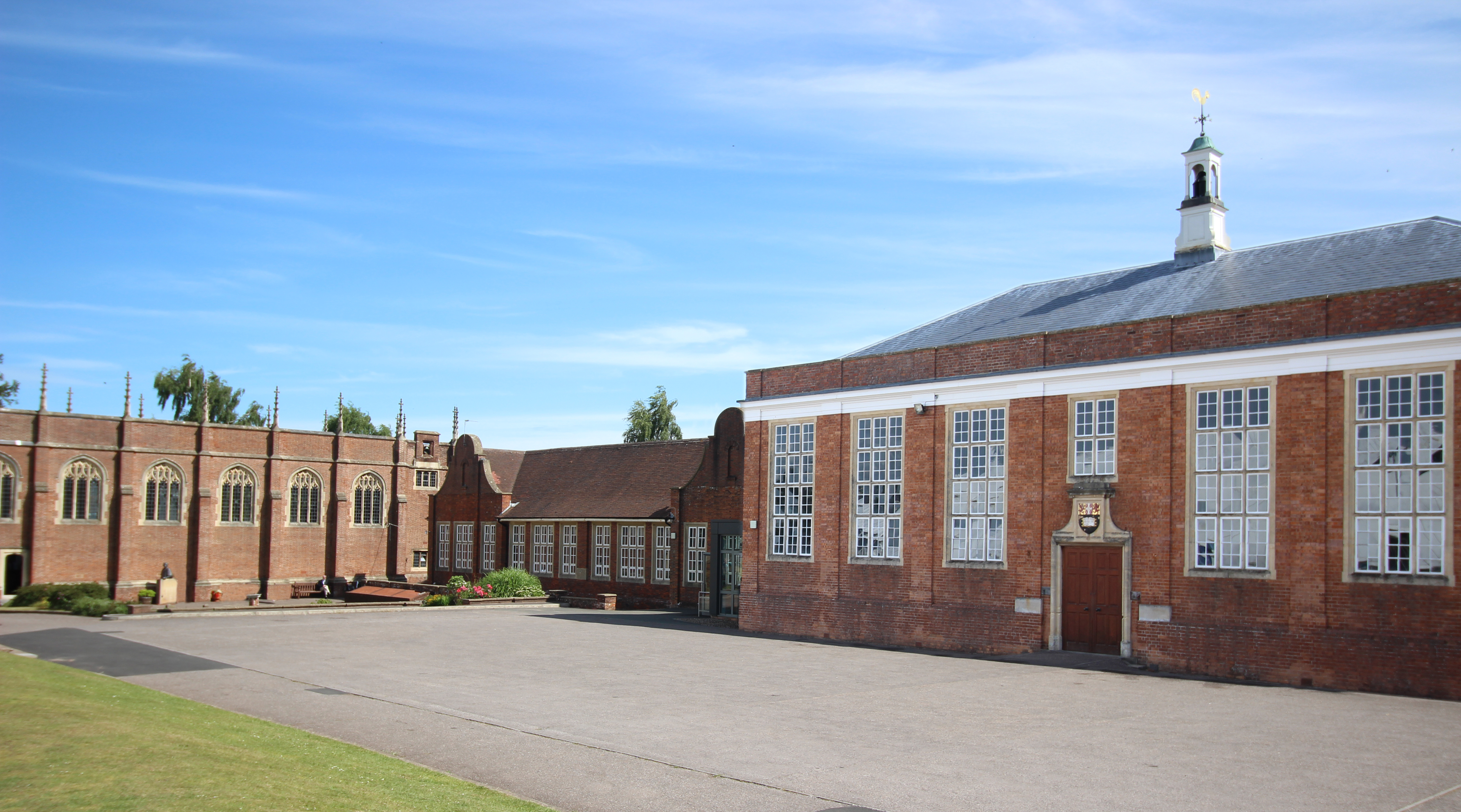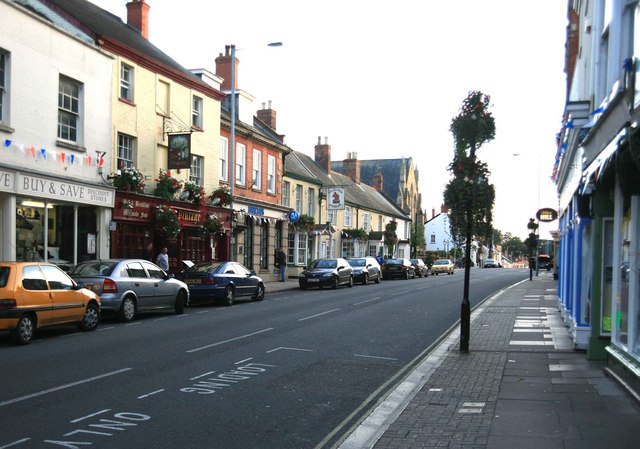Dowland's Copse
Wood, Forest in Somerset Somerset West and Taunton
England
Dowland's Copse
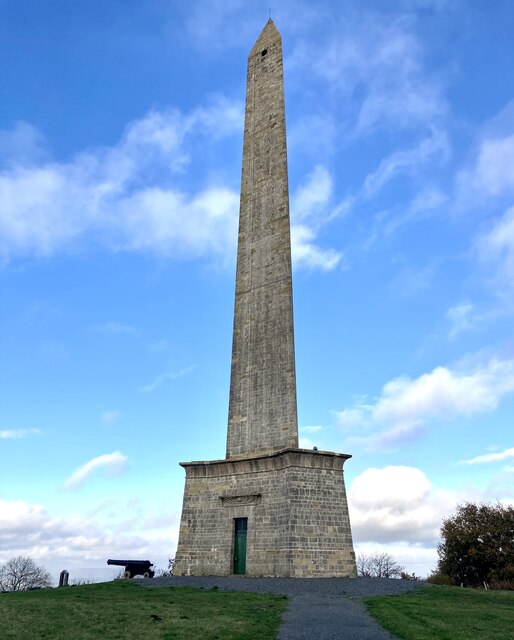
Dowland's Copse is a picturesque woodland located in Somerset, England. Stretching over an area of approximately 50 acres, it is known for its natural beauty and tranquil atmosphere. The copse is situated in the heart of the Somerset Levels, a region renowned for its lush greenery and diverse wildlife.
The woodland is predominantly composed of native broadleaf trees, including oak, beech, and ash, which provide a dense canopy and create a serene ambiance in the area. The copse is crisscrossed with well-maintained footpaths, allowing visitors to explore its hidden corners and enjoy peaceful walks amidst nature.
Dowland's Copse is also home to a variety of wildlife species. Bird enthusiasts can spot numerous species such as woodpeckers, owls, and various songbirds, while small mammals like squirrels and rabbits can be observed scurrying through the undergrowth. The copse also supports a rich diversity of plant life, with carpets of bluebells and wild garlic adorning the forest floor during the spring season.
The copse has been thoughtfully managed to ensure its conservation and enhance its natural beauty. Regular tree maintenance and selective thinning are carried out to promote the growth of younger trees and maintain a healthy ecosystem.
Dowland's Copse is a popular destination for nature lovers, photographers, and those seeking a peaceful retreat. Its serene environment, abundant wildlife, and well-maintained trails offer visitors a unique opportunity to connect with nature and enjoy the tranquility of this beautiful Somerset woodland.
If you have any feedback on the listing, please let us know in the comments section below.
Dowland's Copse Images
Images are sourced within 2km of 50.953141/-3.2279318 or Grid Reference ST1317. Thanks to Geograph Open Source API. All images are credited.

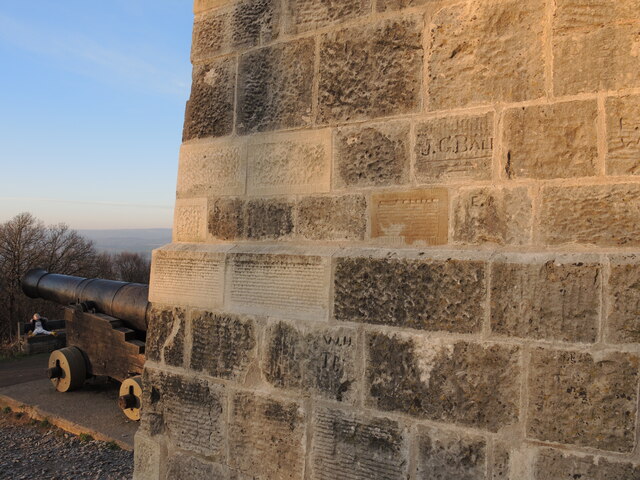
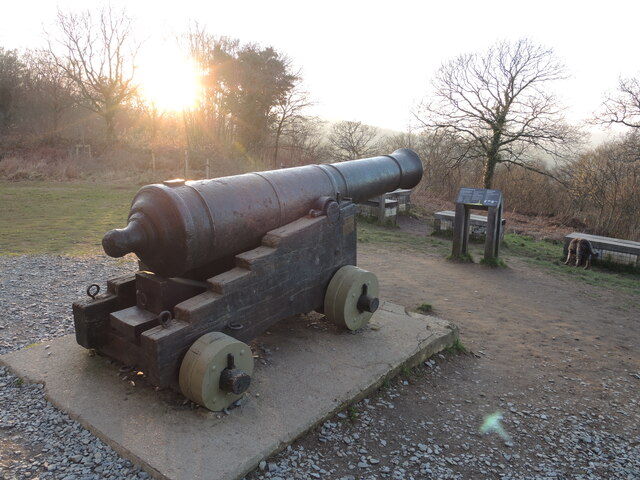
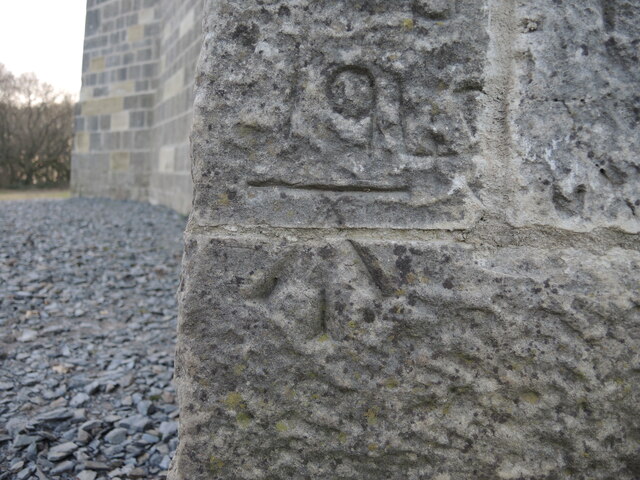
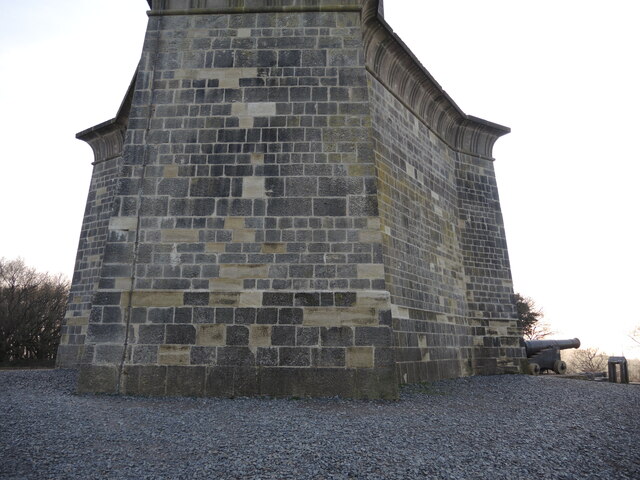
Dowland's Copse is located at Grid Ref: ST1317 (Lat: 50.953141, Lng: -3.2279318)
Administrative County: Somerset
District: Somerset West and Taunton
Police Authority: Avon and Somerset
What 3 Words
///chefs.calibrate.material. Near Hemyock, Devon
Nearby Locations
Related Wikis
Wellington Rural District, Somerset
Wellington was a rural district in Somerset, England, from 1894 to 1974. It was created in 1894 under the Local Government Act 1894. In 1974 it was abolished...
Wellington Without
Wellington Without is a civil parish in Somerset, England. It lies south of Wellington and has a population of 727. The parish includes the hamlet of Ford...
Wellington Monument, Somerset
The Wellington Monument is a 175-foot-high (53 m) triangular obelisk located on a point of the Blackdown Hills, 3 km (1.9 miles) south of Wellington in...
Blackdown Hills
The Blackdown Hills are a range of hills along the Somerset-Devon border in south-western England, which were designated an Area of Outstanding Natural...
South West England
South West England, or the South West of England, is one of the nine official regions of England in the United Kingdom. It consists of the counties of...
Wellington School, Somerset
Wellington School is a co-educational independent boarding and day school in the English public school tradition for pupils aged 3–18 located in Wellington...
Wellington, Somerset
Wellington is a market town in rural Somerset, a county in the west of England, situated 7 miles (11 km) south west of Taunton, near the border with Devon...
Wellington Museum, Somerset
Wellington Museum is a free museum in Wellington, Somerset, England, devoted to the modern history of Wellington, particularly those linked with the woolen...
Nearby Amenities
Located within 500m of 50.953141,-3.2279318Have you been to Dowland's Copse?
Leave your review of Dowland's Copse below (or comments, questions and feedback).
